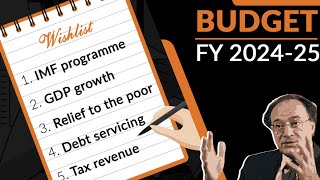The retreating Canadian dollar is not likely to get much of a reprieve as it closes out its worst year since the financial crisis, with weak oil prices and low interest rates expected to add pressure on the currency, a Reuters poll found.
The plunge in crude prices, two interest rate cuts from the Bank of Canada and a brief recession in the first half of 2015 have all battered the Canadian dollar this year.
While oil prices are expected to remain volatile well into next year, an anticipated US Federal Reserve rate hike in December will probably weigh on the loonie, benefiting the greenback.
"The view is very US dollar-centric," said Scotiabank chief currency strategist Shaun Osborne. "We still expect policy and growth divergence to be (a) primary driver of US dollar strength over the course of 2016.
"Alongside that, we have oil prices, which (are) clearly important for Canada, staying relatively low."
The Canadian dollar is expected to trade at C$1.32 in a month, weaker than Wednesday's close of C$1.31 against the greenback, according to a Reuters poll of almost 50 currency strategists whose forecasts ranged from C$1.25 to C$1.38.
The poll showed the loonie weakening further to C$1.33 in three months and C$1.34 in six months. However, the forecasts are a slight upgrade from October's poll, which pegged the currency at C$1.34 in three months and in six months.
From there, the loonie will probably rise modestly to C$1.33 in 12 months, although that is weaker than the C$1.32 predicted in the previous poll. Forecasts in the poll ranged from a drop of 20 percent to a gain of 10 percent.
The Canadian dollar is currently down more than 12 percent for the year, at its weakest point since 2008, when the global credit crisis erupted. It has lost ground for three years in a row.
While economic growth in Canada probably picked up in the third quarter, the central bank downgraded its growth forecast for the fourth quarter and the next two years, citing lower prices for oil and other commodities.
Also, economists expect the Fed to raise rates by the end of the year and the Bank of Canada to keep them unchanged until 2017 and wait for its recent policy moves to show results.
Bank of Canada Governor Stephen Poloz has continued to express optimism of a US-led recovery in Canada, helped by a weaker Canadian dollar. But with economists cutting their US growth forecasts, that outlook is far from assured.
In the meantime, the newly elected Liberal Party government has promised to invest in infrastructure to boost the economy, shifting from the previous government's focus on oil. The government plans to run an annual budget deficit of up to C$10 billion ($7.63 billion) for three years.
Still, spending plans will not be implemented overnight, and uncertainty around Canada's fiscal policy path will also weigh on the Canadian dollar in the near term.
"With or without a Fed rate hike, the Canadian dollar will be a little bit weaker," said Nick Parsons of National Australia Bank.
"The market is not fearing a (Fed) rate hike in the way it did previously because this will be the shallowest rate hike cycle in history when it finally starts."
BR100
7,905
Increased By
327.4 (4.32%)
BR30
25,335
Increased By
1116.5 (4.61%)
KSE100
75,662
Increased By
2864.1 (3.93%)
KSE30
24,271
Increased By
1057.7 (4.56%)






















Comments
Comments are closed.